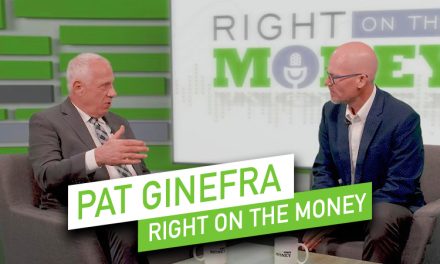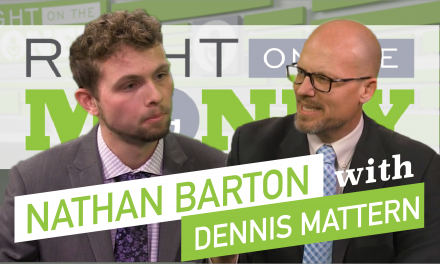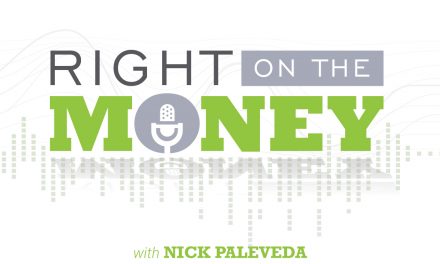Building Your Retirement Foundation Upon the Footings of Guaranteed Income
Life’s ongoing expenses, regardless of age, require regular infusions of income. An understanding of how assets fall on the risk/reward continuum, and even the discovery of forgotten assets, can facilitate a low-stress retirement. Watch the interview with investment adviser representative Rodger Sprouse.
Just as a pyramid has three vertical sides, the base layer of retirement’s pyramid of investment has three primary components: Social Security, pensions and annuities. With the common bond of lifetime income and low-to-no risk, each can play a significant role in meeting standard monthly expenses such as housing, utilities and food. Additional income sources, largely accumulated over years of saving through discipline, can either pitch in to cover these expenses or be used for discretionary purposes.
Social Security payments are provided by the government monthly and are determined by lifetime earnings and other factors. Eligibility begins at age 62, although the greatest monthly payment occurs by waiting until age 70 for the initial distribution. Payments continue for the life of a surviving spouse, who is bound by the base payment received at inception.
Pensions are paid by past employers under various scenarios. Payouts are often determined by a mix of tenure and compensation. Distributions are treated as taxable income, and typically do not allow for cost of living adjustments. Retirees with multiple past employers are encouraged to actively update their contact information with these organizations and any fiduciary administrators to ensure uninterrupted communications and distributions.
Annuities are insurance products that exchange a lump-sum payment for a lifetime of monthly payments. In contrast to Social Security, which is automatic for qualifiers, annuity purchases are voluntary. A popular feature of annuities is their ability to lock in values during periods of economic decline.
While these income sources can cover basic living expenses, overcoming common assumptions can be a difference-maker. A sampling includes:
• Though past and current workers largely believe that all their assets are within their grasp, more than one trillion dollars sits in abandoned 401(k) accounts. Many of these accounts belong to retirees, who should re-trace their careers for any missing accounts or balances.
• Individuals under estimate their longevity, perhaps retirement’s biggest wild card. While most believe they’ll die sooner than later, the fact is that median ages are now in the mid-late 80s, and many retirees don’t structure their assets to last.
Retirement is more than a set-and-forget endeavor. While a few automatics exist, many retirees will need to actively manage retirement’s lesser-known aspects to get ahead of the curve and live their desired lifestyle.
Syndicated financial columnist Steve Savant interviews Investment Adviser Representative Rodger Sprouse of Sprouse Financial on Retirement Expectations. Right on the Money is a weekly financial talk show for consumers, distributed as video press releases to 280 media outlets and social media networks nationwide.





